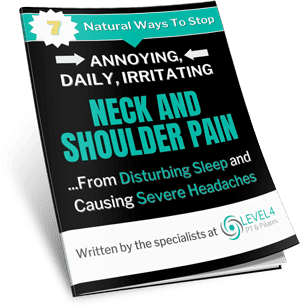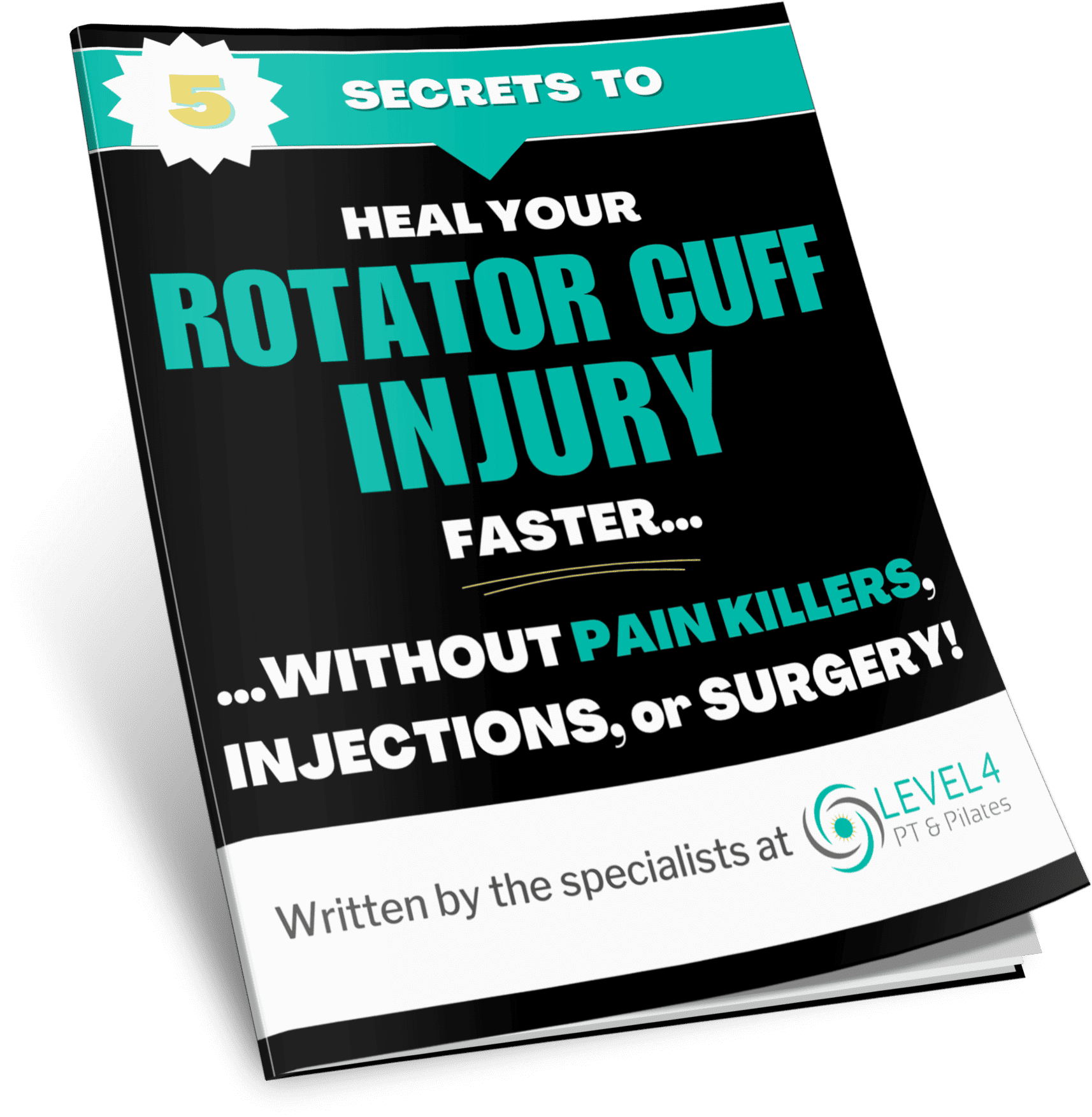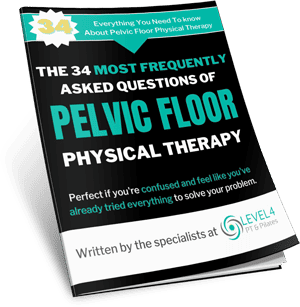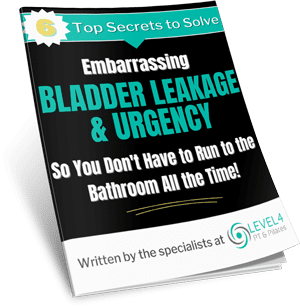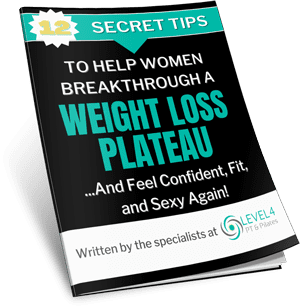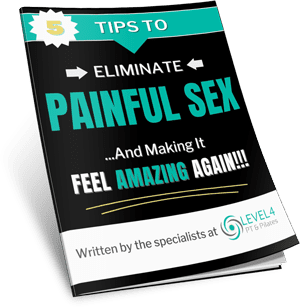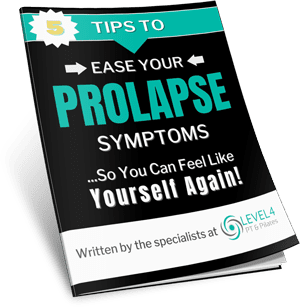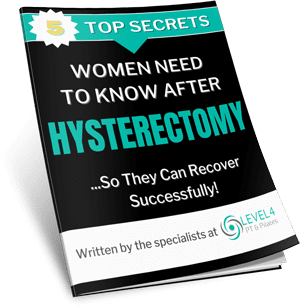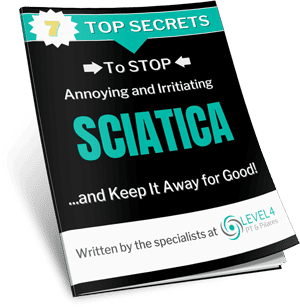
Rotator cuff pain can be debilitating. It’s not until you damage the group of muscles in your shoulder that you appreciate what your shoulder facilitates. Getting up, running, partaking in sports, and even walking can suddenly feel excruciating.
While rotator cuff pain initially starts as a dull throb, it can quickly worsen and cause further issues in your daily life. Any cause to move your arm away from your body results in feverish discomfort. This can stop you dead in your tracks and seriously interfere with your work, commute, and social life.
However, perhaps one of the most significant challenges when suffering from rotator cuff pain is simply trying to get a good night’s rest. Or any rest, for that matter.
It’s ubiquitous to struggle with lack of sleep after damaging your rotator cuff. Trying to get comfortable in bed feels impossible. That constant discomfort of shoulder pain leads to extreme tiredness, never-ending headaches, and an overwhelming sense of fatigue.
You begin to avoid invites from friends and family due to how tired you feel. Your social activities start to dwindle, and your mood changes. Eventually, you begin to feel a worrying effect on your mental health. Insomnia beckons, and your descending horizons suffocate all enthusiasm for life.
Don’t panic. There’s help at hand. You do not have to live like this.
There are things that you can do to prevent life from spiralling out of control because of rotator cuff pain. And they aren’t as complicated as you think.
Besides seeing a qualified physical therapist, you can perform a number of exercises at home and take certain precautions to ensure you grab as much sleep as possible while healing.
We hope that this blog will educate you in the art of sleeping with rotator cuff pain, helping to keep your ambitions on track and prevent subsequent health issues.
What Is Rotator Cuff Pain?

Before we look at how to tackle sleepless nights with rotator cuff pain, it’s best to understand why your shoulder hurts in the first place.
The rotator cuff is a group of tendons and muscles that surround your shoulder joint. In essence, your rotator cuff keeps the head of your upper arm bone in the shallow socket of your shoulder.
Rotator cuff injuries are common, and the risk of muscle damage increases with age. The injury starts as a dull ache in the shoulder. Generally, it intensifies the more pressure, use, and stress you place upon your shoulder.
Typical causes of rotator cuff damage include repeatedly performing overhead motions, heavy lifting without due care, or sporting accidents. You are far more likely to injure your rotator cuff if your job involves physical work, such as a warehouse operative or a laborer.
Damaging your rotator cuff is not the end of the world, however. People with damaged muscles – or rotator cuff disease – can manage symptoms and discomfort with physical therapy exercises and gentle activity.
Opting for physical therapy will help to improve flexibility and build strength within the affected muscles surrounding the shoulder joint. It only takes a few sessions before a vast improvement can be felt – helping to get you back to the lifestyle you deserve.
Tears in the rotator cuff can also happen due to the result of a single injury. When this happens, it’s always best to seek a medical evaluation as soon as possible. This allows for any discussions of surgery before further damage occurs.
Under very serious circumstances, rotator cuff damage may not be fixable, and surgery will facilitate the transfer of alternative tendons to address serious tendon injury. Although rare, some cases have seen joint replacements made possible.
Sleeping With Rotator Cuff Pain

When struggling with rotator cuff pain, getting a good night’s sleep feels like something that happens to other people. You feel doomed to a future of blurred vision and lethargic thought.
However, there are several things that you can do before bedtime that should help you gain some hours of sleep.
Firstly, you can try placing a cool pack (or some ice) on your injured shoulder for between fifteen and twenty minutes. Before applying the cool pack (or bag of frozen peas etc.), wrap the application in a towel to prevent ice burn. Although slightly uncomfortable to start with, cooling the painful area can help reduce inflammation and assist in more effortless movement.
Another option is to take pain medication, but just temporarily if it is affecting your sleep. If your doctor has prescribed certain drugs, follow their advice and administer the recommended dose. If you haven’t been supplied with a prescription, try some non-steroidal medication such as ibuprofen or something similar. Again, this should aid in reducing inflammation for more forgiving flexibility
It may sound silly, but try reading for 30 minutes (or more) before turning in for the night. This can help to take your mind off the pain in your shoulder. Not only will absorbing yourself in a good book help you to relax, but it will also help you to feel tired and sleep easier.
Alongside the above techniques, you can also try alternative sleeping positions.
People with rotator cuff pain often feel a need to change and adjust their sleeping position on a constant basis, or else face watching the clock until the dreaded alarm goes off.
It can take up to six weeks after the initial injury before sleeping in a horizontal position feels comfortable. Subsequently, it can take several weeks post-surgery before sleeping in a ‘normal position’ can occur without discomfort.
You can also try sleeping in a reclined position, as this will take the pressure off your shoulder that would otherwise be felt when lying flat on your back.
You don’t require an expensive bed to accomplish this. Instead, you can build your own reclined position by placing several pillows behind the arch of your back. The same story applies when resting on your couch, or travelling by car.
For lounging in the house and sleeping upright, you could sleep in a recliner temporarily or something similar with armrests, to keep your shoulder as rested as possible during recovery. Placing an extra pillow under your arm for added support and comfort is also recommended.
A different position to try is where you lie on your back and use pillows to prop up your injured shoulder, which reduces the pressure and stress on your damaged muscles.
It goes without saying to sleep on your uninjured side. If your left shoulder is damaged, sleep on your right side – and vice versa.
Getting Help For Rotator Cuff Pain

If you feel like nothing is helping you sleep, you can reach out to us through our contact page. We can help you.
At LEVEL4 PT & Wellness, we hold vast experience in helping people with rotator cuff pain. The simple fact is those rotator cuff injuries are a pretty common problem that we see in our physical therapy clinic in Encinitas.
We often witness scenarios where people have been to their doctor, only to be handed prescription painkillers and told to “see how it goes”. While medication can help mask the pain for a short period of time (such as to help you get to sleep), depending on prescription drugs will not solve your problem.
You will not get out of bed in two months to discover your rotator cuff injury has miraculously healed on its own.
Other situations find those with rotator cuff pain being told they “need a cortisone injection” that doesn’t bring much in the way of relief. After six weeks, these sufferers end up back with the doctor and are prescribed even stronger pills.
When that doesn’t work, they are presented with options for surgery and informed this is the only way forward. Then, after the surgery, you’ll still struggle to sleep until the healing process finishes.
Physical therapy with LEVEL4 PT and Wellness can help you overcome rotator cuff pain for a good night’s sleep. We will ensure that your problem is “corrected” and “healed” properly – and we will provide you with the perfect set of exercises that will speed up your recovery. We can quickly remove the pain and stiffness and clean up the dysfunction in a couple of sessions.
Suppose you would like to know how our Physical Therapy team at LEVEL4 can help you live with less shoulder pain. In that case, we invite you to start with a completely free, no-obligation, risk-free Discovery Session at our physical therapy clinic in Encinitas, CA.
We offer this Free Discovery Session to people who are very nervous (or skeptical) about physical therapy. They are unsure of the treatment’s benefits or don’t know if it’s right for them. If that sounds like you, please start with a Free Discovery Session an we can work with you to find out what is wrong and what can be done. This is a great way to start without any financial risk on your part!
Tired of feeling tired? It’s time to get you some rest. Physical therapy can aid in your mission for sleep – and that’s where LEVEL4 PT & Wellness come in. We look forward to hearing from you!
- 3 Proven Ways You Can Relieve Sciatic Pain While Sleeping - September 14, 2023
- Menopause and the Impact It Can Have On Your Weight - August 4, 2023
- 5 Ways That Pilates Can Help With Back Pain - July 19, 2023





